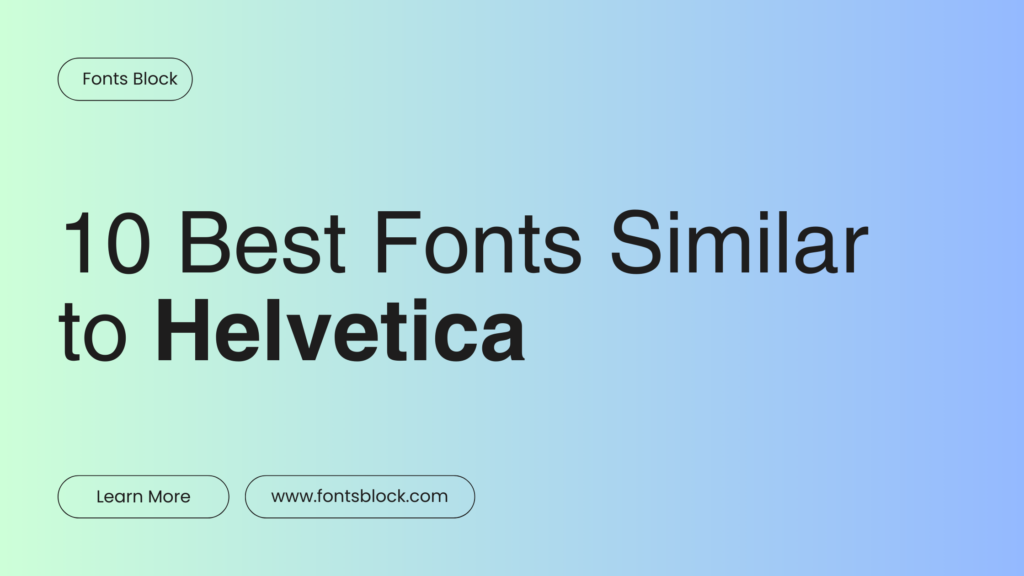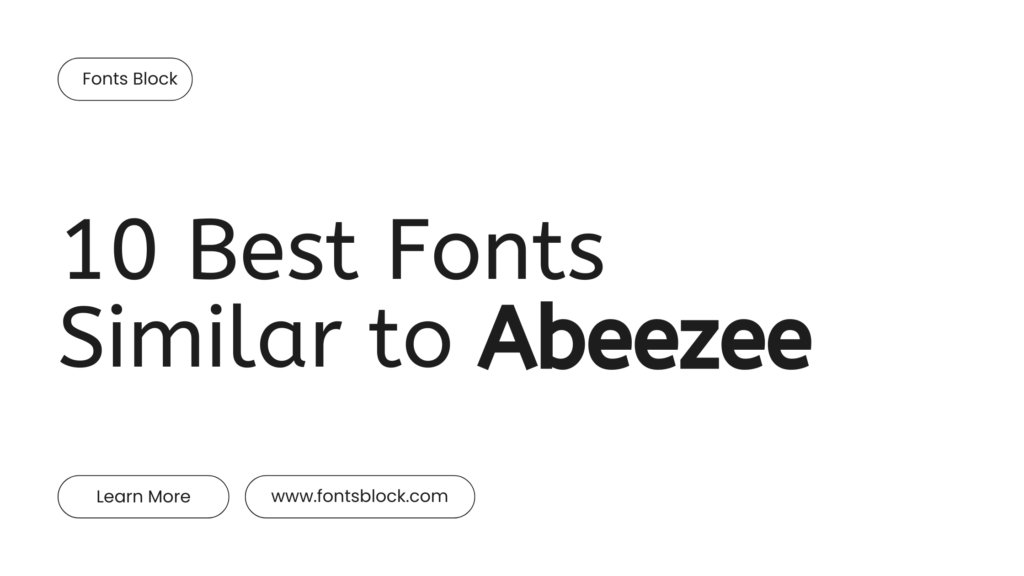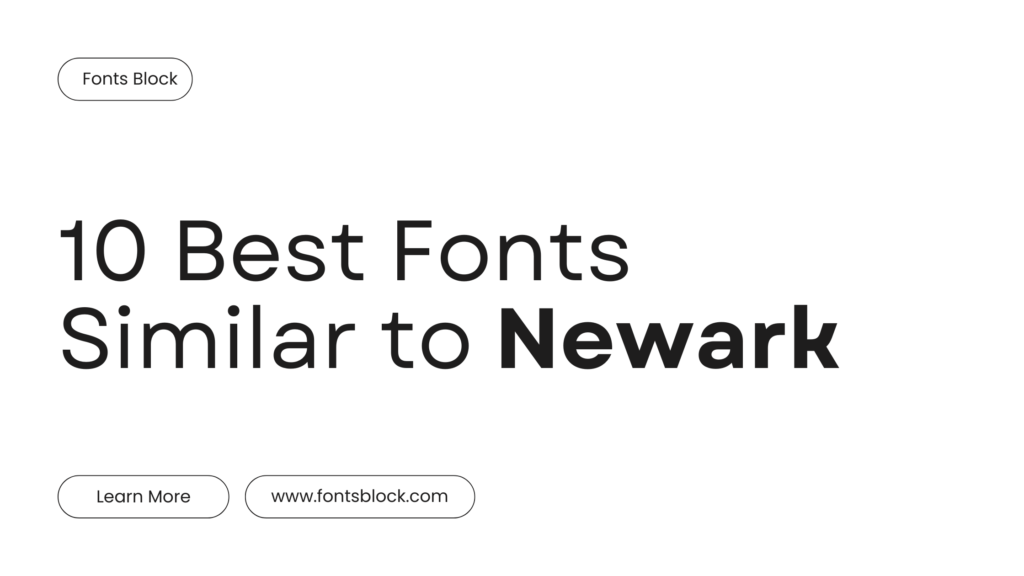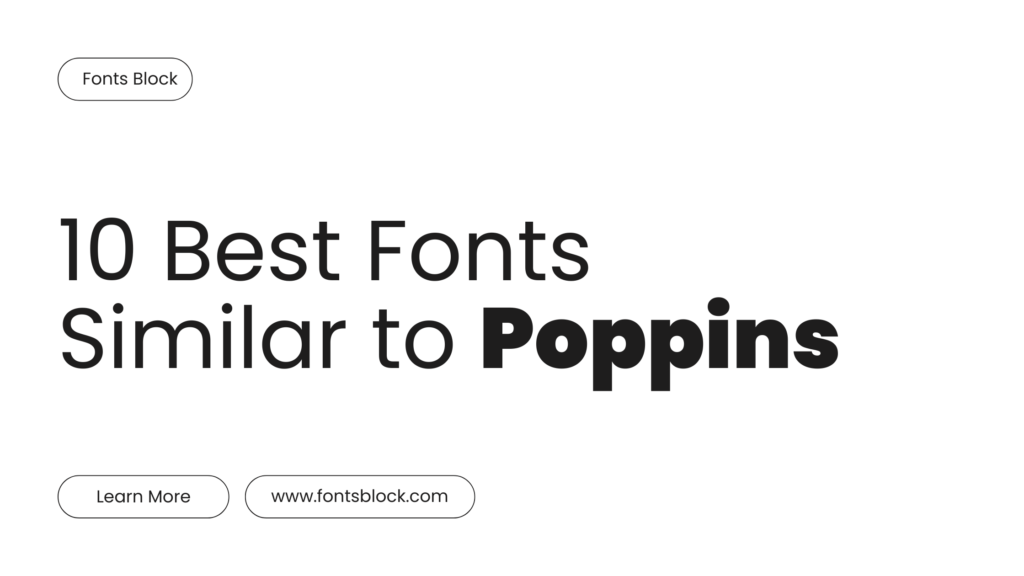Helvetica, designed by Max Miedinger and Eduard Hoffmann in 1957, is one of the most iconic and widely used typefaces in the world. Known for its neutrality, clarity, and versatility, Helvetica has become a staple in graphic design, branding, and typography. However, designers often seek alternatives that capture Helvetica’s essence while offering a fresh perspective. In this comprehensive guide, we’ll explore ten outstanding fonts that share Helvetica’s timeless appeal, discussing their unique features and best use cases.
Understanding Helvetica’s Appeal
Before diving into alternatives, let’s briefly analyze what makes Helvetica so popular:
- Clean, neutral design with excellent readability
- Versatile across various sizes and mediums
- Wide range of weights and styles
- Strong corporate and institutional associations
- Timeless aesthetic that has endured for decades
Now, let’s explore fonts that capture these qualities while offering their own unique characteristics.

Helvetica Font Alternatives
1. Arial
Arial, designed by Robin Nicholas and Patricia Saunders, is perhaps the most well-known Helvetica alternative.
Key Features:
- Neo-grotesque sans-serif with similarities to Helvetica
- Slightly softer, more rounded terminals
- Extensive language support and readily available on most systems
Best For: Web design, office documents, and everyday typography needs.
Pairing Suggestion: Combine Arial headlines with Georgia for body text to create a classic, readable design.
2. Roboto
Roboto, created by Christian Robertson for Google, offers a modern take on the grotesque sans-serif style.
Key Features:
- Dual nature with mechanical skeleton and largely geometric forms
- Open curves and more humanist details than Helvetica
- Extensive weight range and good readability on screens
Best For: User interfaces, mobile applications, and contemporary web design.
Pairing Suggestion: Use Roboto for headings paired with Merriweather for body text to balance modernity with readability.
3. Neue Haas Grotesk
Neue Haas Grotesk, the original name for Helvetica, has been revived and digitized by Christian Schwartz.
Key Features:
- Faithful digital restoration of the original Helvetica design
- More personality and warmth compared to digital Helvetica
- Includes features lost in the transition to digital, like the straight-legged ‘R’
Best For: Branding, editorial design, and projects requiring a touch of authenticity.
Pairing Suggestion: Combine Neue Haas Grotesk headlines with Garamond Premier Pro body text for a sophisticated, timeless look.
4. Inter
Inter, designed by Rasmus Andersson, is a modern typeface optimized for user interfaces.
Key Features:
- Clean, neutral design inspired by Helvetica
- Tall x-height for improved readability on screens
- Open source and freely available
Best For: Digital interfaces, web design, and contemporary branding.
Pairing Suggestion: Use Inter for display text and pair with IBM Plex Serif for longer text passages.
5. Aktiv Grotesk
Aktiv Grotesk, by Dalton Maag, offers a fresh take on the neo-grotesque style.
Key Features:
- More personality than Helvetica while maintaining neutrality
- Optimized for on-screen legibility
- Extensive weight range and language support
Best For: Corporate identities, editorial design, and digital products.
Pairing Suggestion: Combine Aktiv Grotesk headings with Chaparral Pro body text for a modern, readable layout.
6. Univers
Univers, designed by Adrian Frutiger, is a classic alternative to Helvetica.
Key Features:
- Neo-grotesque design with a more structured and unified system
- Extensive range of weights and widths
- Slightly less roundness in characters compared to Helvetica
Best For: Signage systems, editorial design, and corporate communications.
Pairing Suggestion: Use Univers for headings and subheadings, paired with Minion Pro for body copy.
7. FF Bau
FF Bau, created by Christian Schwartz, is inspired by mid-20th century German sans serifs.
Key Features:
- Geometric structure with humanist touches
- More warmth and personality than Helvetica
- Good range of weights for versatile use
Best For: Branding, packaging design, and editorial projects.
Pairing Suggestion: Combine FF Bau headlines with Scala for body text, creating a modern yet sophisticated layout.
8. Acumin
Acumin, designed by Robert Slimbach for Adobe, offers a neutral yet distinctive alternative to Helvetica.
Key Features:
- Neo-grotesque design with subtle humanist influences
- Extensive family with various widths and weights
- Excellent legibility in both print and digital formats
Best For: Complex typographic systems, editorial design, and corporate identities.
Pairing Suggestion: Use Acumin throughout your design, varying weights for hierarchy, or pair with Kepler for added contrast in long-form content.
9. San Francisco
San Francisco, developed by Apple, is a neo-grotesque sans-serif that shares some qualities with Helvetica.
Key Features:
- Clean, neutral design optimized for user interfaces
- Dynamic type feature that adjusts glyph shapes based on size
- Excellent legibility on screens of various sizes
Best For: iOS and macOS applications, digital interfaces, and Apple-centric branding.
Pairing Suggestion: Pair San Francisco with Hoefler Text for body copy in digital documents and interfaces.
10. Neue Montreal
Neue Montreal, designed by Pangram Pangram Foundry, provides a fresh take on the Swiss Style.
Key Features:
- Geometric construction with a contemporary feel
- Slightly condensed proportions for space efficiency
- Good range of weights and distinctive characters
Best For: Modern branding, editorial design, and digital media.
Pairing Suggestion: Use Neue Montreal for display text and headlines, combined with Freight Text for body copy to ensure readability and add a touch of sophistication.
Choosing the Right Helvetica Alternative
When selecting a font similar to Helvetica, consider these factors:
- Project Context: Choose a font that aligns with your brand’s personality and the project’s requirements.
- Legibility: Ensure the font performs well at various sizes and on different mediums.
- Weight Range: Select a font family with enough variants to create clear typographic hierarchies.
- Character Set: Verify the font supports all required languages and special characters for your project.
- Licensing: Check the font’s license, especially for commercial and web-based projects.
By exploring these Helvetica alternatives, you can maintain a clean, neutral aesthetic while giving your designs a unique edge. Remember, typography plays a crucial role in user experience and brand perception, so choose wisely and don’t be afraid to experiment with different combinations.
We hope this guide helps you find the perfect Helvetica alternative for your next project. Happy designing!



Leave a Reply